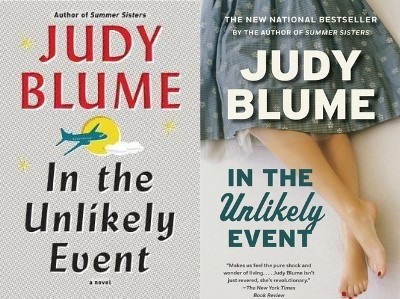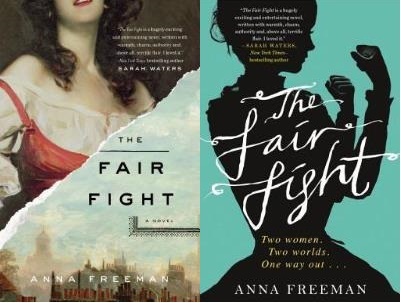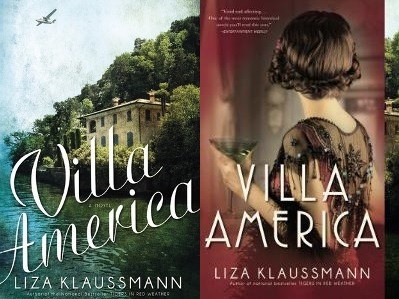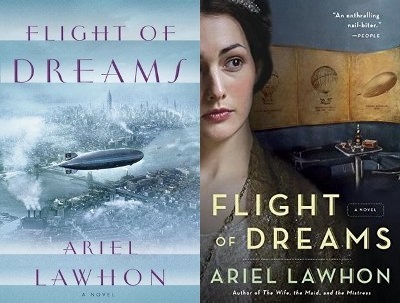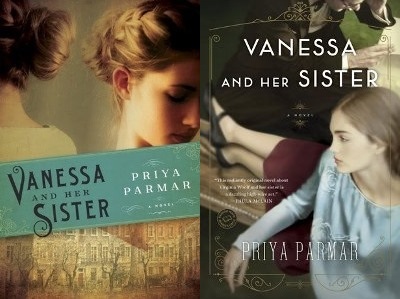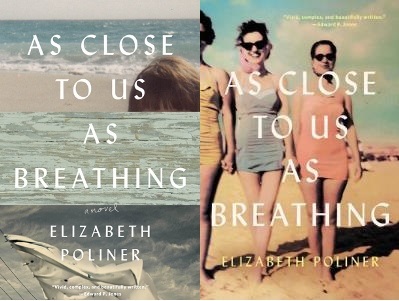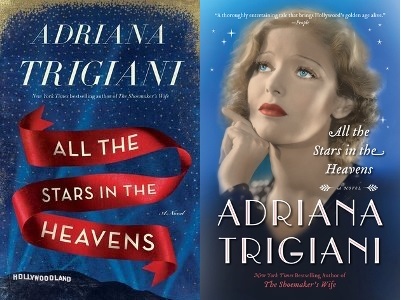date newest »
newest »
 newest »
newest »
message 1:
by
Alex
(new)
Dec 28, 2016 06:48AM
 Maybe the popularity of the "big" (as in enormous) screen makes us want to be able to walk right into the image? That seems to be the case in these paperback covers. As you said, the use of human figures enhances our sense of being there. Thanks for the food for thought, Sarah. Happy New Year!
Maybe the popularity of the "big" (as in enormous) screen makes us want to be able to walk right into the image? That seems to be the case in these paperback covers. As you said, the use of human figures enhances our sense of being there. Thanks for the food for thought, Sarah. Happy New Year!
reply
|
flag
 That's true, Alex - it does feel like we could step right into those scenes. Good point!
That's true, Alex - it does feel like we could step right into those scenes. Good point!Looks like the captions didn't come through well on Goodreads - oops. On my site they're under the images.
Happy New Year!
 I think you're on to something, Sarah. ;) Here's another example. The hard cover edition of Stephanie Cowell's Claude and Camille featured a Monet (there is a female figure; probably Camille as model?). However, the paper back had an intimate shot of two attractive models embracing, which makes a more vivid and romantic impression of the title characters. A good marketing technique.
I think you're on to something, Sarah. ;) Here's another example. The hard cover edition of Stephanie Cowell's Claude and Camille featured a Monet (there is a female figure; probably Camille as model?). However, the paper back had an intimate shot of two attractive models embracing, which makes a more vivid and romantic impression of the title characters. A good marketing technique.Best wishes for the New Year!


 That's a good example - a painting versus a photograph (with part of a painting toward the bottom, looks like). They create such different impressions, but it's hard to say which one I prefer overall. Both fit the book, which I enjoyed very much.
That's a good example - a painting versus a photograph (with part of a painting toward the bottom, looks like). They create such different impressions, but it's hard to say which one I prefer overall. Both fit the book, which I enjoyed very much.Happy New Year to you too, Gary!
 One thing I do love about this set of books is that they're not all headless/faceless women (or women turning/running away from the camera) gracing the covers. There is a sense of that in a few but it is a trend that I'll be very happy to see go entirely by the wayside.
One thing I do love about this set of books is that they're not all headless/faceless women (or women turning/running away from the camera) gracing the covers. There is a sense of that in a few but it is a trend that I'll be very happy to see go entirely by the wayside.

